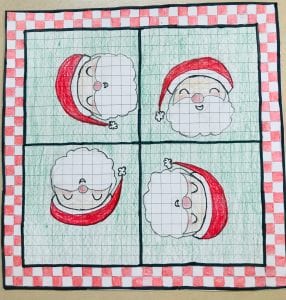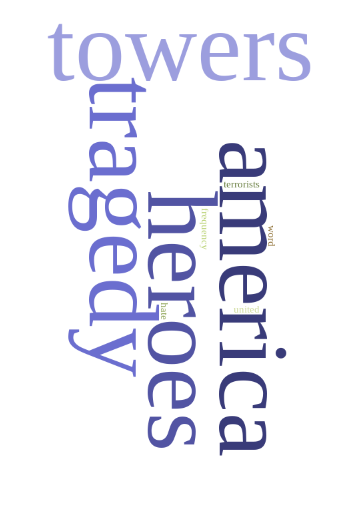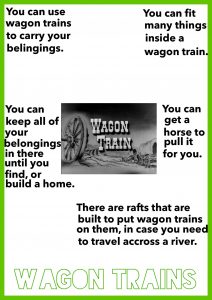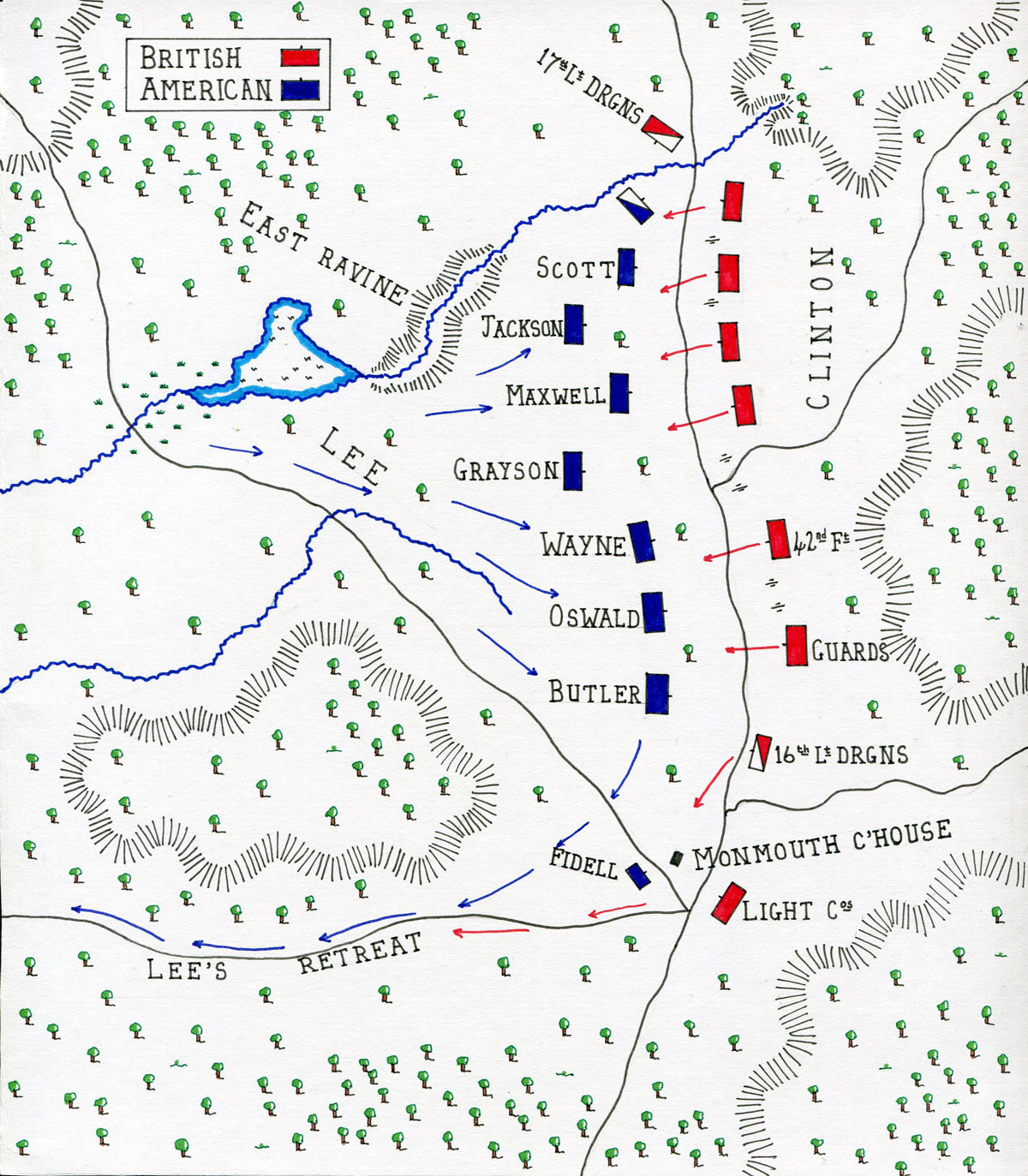9/11 Word Cloud
Dear Mrs.Larue-Letters From Obedience School
Dear Ike,
I am so mad at you! How dare you lie about this obedience school! I personally love this school, and you don’t belong here! The other dogs and I think that you belong at a true obedience school! We are glad you left so we don’t have to deal with you anymore. You have pushed my last button! We are never sharing a room again, and I’m demanding you to never come back again. And, if you do, I will get security to kick you out! You are such a slob, you didn’t even pick up your mess. We had to get the maid to pack up the rest of your stuff, and ship it to your house. Also, how dare you do that to your owner, although all the dogs wanted you to go home. Hope to never see you again.
Sincerely,
Bandit,
Your roommate from obedience school
Wagon Trains
Readers Theater: Child’s Work-Reaction and What I Learned
Back in 1911, during the Industrial Revolution, there was child labor. Most kids started working around the age of 6, but usually child labor was under the age of 18. The children had never been to school and didn’t make much money, but needed the money for survival. The only day some of them had off work was Sunday’s. Many worked 12 hour shifts. Even if u come in two minutes late, they dock your payments. Also, in some factories, they would lock the doors until your shift was over. There was a group of workers from the Triangle Shirtwaist Factory in New York City during 1911 that had to jump out of a window because the cloth caught on fire. Many jumped to their deaths or burned from the fire. I was surprised that they made children work, because children should be able to go to school. Usually, the parents work while the children are at school, but back then, they wouldn’t let the children go to school. I’m just glad I did not live back then, because we get to go to school and we don’t have to work at places where you would normally see just adults.
The Cotton Gin
War of 1812- Acrostic Poem
W- War of 1812 was fought between the United States and the United Kingdom
A- A few weeks after September 19,1813, William Henry Harrison led the U.S. forces as they defeated a large Native American led by Tecumesh at the Battle of Thames
R- Results of the war ended in stalemate with neither side gaining ground
O- On September 19, 1813, things began to turn around for the U.S. with a decisive victory in the Battle of Lake Erie
F- First thing the United States did was attack the British colont of Canada
1- 18 of June, in 1812, the United States declared war on the United Kingdom
8- 8 of January , in 1815, from December 24, 1814, the final major battle was held in New Orleans
1- 1 of the final Patriot battles was the battle of New Orleans
2- 2 and a half years is how long the war lasted
photo credit: http://2.bp.blogspot.com/-nzI2Ywh0VXw/VbciX0qoEfI/AAAAAAAAGvg/v8jUdvzrh78/s1600/Fort%2BWayne%2Bin%2B1812%2B-%2Bfr%2BLossing%2B-%2BPictorial%2BField%2BBook%2Bof%2Bthe%2BWar%2Bof%2B1812.PNG



